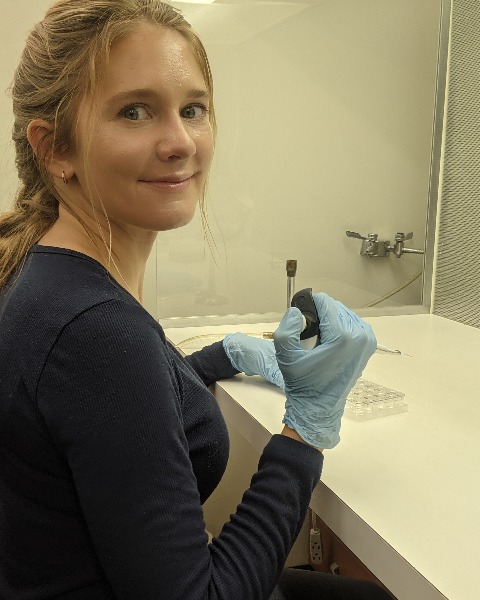Member Symposium
Insect Individuality: Why Viewing Insects as Individuals Matters for Tomorrow's Insect Science
Plasticity and evolutionary transitions in individuality
Wednesday, November 13, 2024
4:45 PM - 5:00 PM MST
Location: Phoenix Convention Center, 222 A, PCC

Dinah R. Davison (she/her/hers)
NSF Postdoctoral Fellow
Kansas State University
Manhattan, Kansas- RM
Richard Michod
University of Ariziona, Arizona
Presenting Author(s)
Co-Author(s)
Evolutionary transitions in individuality occur when the unit of selection and adaptation––the evolutionary individual––shifts from one level of organization to another. Examples include the origin of the genome from groups of cooperating genes, the origin of the eukaryotic cell from groups of prokaryotic cells, the origin of multicellular organisms from groups of unicells, and the origin of eusocial insect colonies from groups of insects. We discuss how plasticity—phenotypic changes in response to the environment--- may have contributed to evolutionary transitions in individuality by focusing on two keys steps in the transition from unicellular to multicellular life: group formation and cellular differentiation. In the volvocine green algae, a model system for studying the evolution of multicellularity, plasticity may play a key role in both of these stages. We conclude by asking whether plasticity could have played a role in the evolution of eusociality in insects.

.png)
